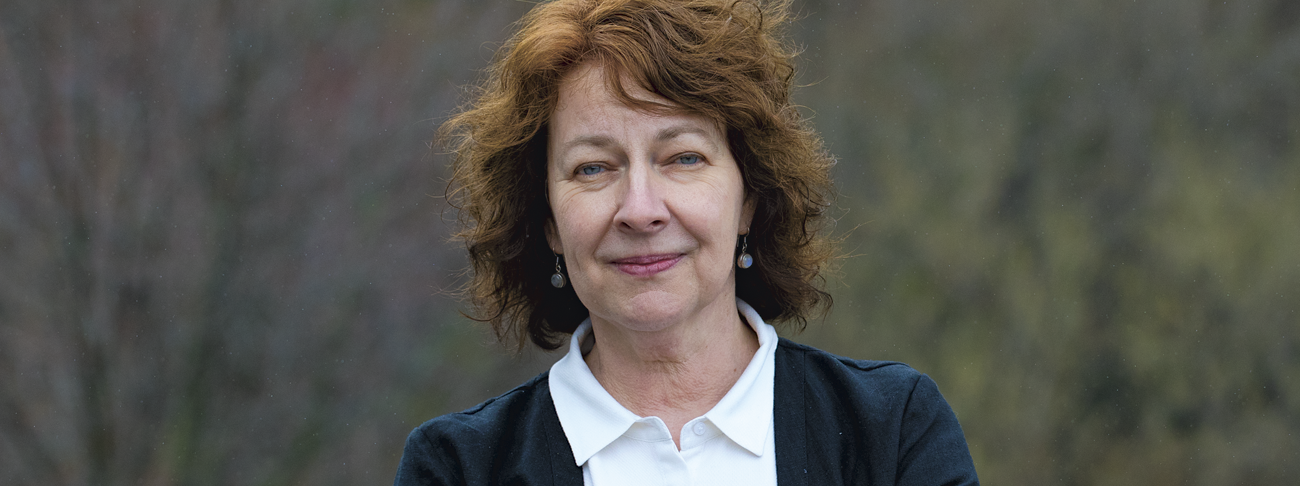
By Brenda Austin-Smith
Despite some improvements in our sector since the passage of the Employment Equity Act, equity in the academy has yet to be achieved. The move to online instruction during the pandemic has made these inequities more obvious. Research by CAUT shows us that members of under-represented groups are more likely to hold precarious positions, more likely to experience overwork as they re-design courses for remote instruction, and more likely to experience job loss as a direct result of COVID.
The shift to remote teaching and working from home especially underscores the disparities between the treatment of students and the treatment of academic staff with disabilities. In an article entitled “Disability Barriers in Academia” published February 2020 in The Canadian Journal of Disability Studies, Dr. Natasha Saltes examined disability accommodation policies at forty-two Canadian universities. Though academic institutions emphasize progressive disability policies and procedures, most of these focus on the needs and experiences of students, not academic staff. Fewer than half of the institutions surveyed by Dr. Saltes had a disability accommodation policy for academic staff that was easy to find on an institutional website. Moreover, analysis of these policies and procedures revealed a surprising inconsistency in language and definitions across institutions. Policy wording at our post-secondary institutions repeatedly defines disability in medical terms as a problem belonging to individual academic staff members rather than a product of social attitudes and circumstance. This presentation of disability characterizes it as something that needs fixing or curing rather than acceptance. Saltes and others note that the culture of academia itself “promotes and values able-bodiedness and able-mindedness”. This contributes to stigma which can discourage academic staff from disclosing disabilities and from seeking the removal of barriers to their career success and enjoyment.
Working conditions during the pandemic can teach us all about the social construction of disability. We can see how the pressures of working from home and the distress of inequitable access to resources and supports of all kinds can produce disability. Schools and childcare centres have been closed or intermittently open in my province, leaving colleagues with broken schedules even as their work obligations remain. I know of colleagues whose research involves working with children in schools, and have no way of continuing that work right now. Pre-tenure colleagues fret about the effect of the pandemic on their ability to run labs to help their students through their programs. How do we focus on research and publishing in the face of exhaustion and fear? CAUT members have worked through the winter break finishing up their marking and moving immediately to the task of preparing for a new term online. Students are in touch with us about their own inabilities to complete term work. One of the saddest things I have done recently is sign an extension form for a student who lost a family member to COVID.
Worry about job performance or job loss, prolonged caregiver stress, and inadequate work stations, in addition to the lack of access to assistive programs or devices demonstrates the need for a broad understanding of disability in the academy as a social condition, not an individual one. And as a collective issue, it calls for collective action.
This makes me think about CAUT’s recent webinar on employment equity in December, and a key point during that discussion that when employment equity efforts are rooted in social movements, there is a greater chance that there will be positive change. The energy, strategy, awareness and solidarity of disability activists is why disability is a designated group under the Employment Equity Act. The push from activists formed a larger social platform from which to launch disability, gender, queer studies or critical race studies in academia. The wave of protests sparked by the murder of George Floyd and the ongoing activism linked to Idle No More, MMIWG and the protests of 1492 Land Back Lane may offer similar support for initiatives that make the recruitment of Black and Indigenous academics a priority in Canadian post-secondary institutions.
As association activists, it is up to us to connect intersectional equity action to the broad energy of the labour movement in the name of social justice. We must use our skills as labour activists as other social movements have used theirs. When we bargain for the common good and connect our political campaigns to shared community needs for equity, for accessibility, and for the removal of barriers and exclusive attitudes, we amplify the power of solidarity for the benefit of us all.